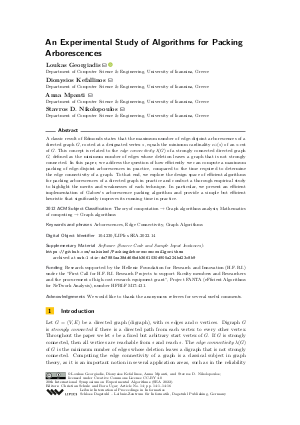LIPIcs.SEA.2022.14.pdf
- Filesize: 0.73 MB
- 16 pages

 Creative Commons Attribution 4.0 International license
Creative Commons Attribution 4.0 International license











Feedback for Dagstuhl Publishing